VW T-Roc vs VW Golf – Differences & prices compared
Compare performance, boot space, consumption and price in one view.
Find out now: which car is the better choice for you – VW T-Roc or VW Golf?
The VW T-Roc (SUV) comes with a Diesel or Petrol engine and Manuel or Automatic transmission. In comparison, the VW Golf (Hatchback) features a Petrol MHEV, Petrol, Diesel or Plugin Hybrid engine with Automatic or Manuel transmission.
When it comes to boot capacity, the VW T-Roc offers 445 L, while the VW Golf provides 381 L – depending on how much space you need. If you’re looking for more power, decide whether the 300 HP of the VW T-Roc or the 333 HP of the VW Golf suits your needs better.
In terms of consumption, the values are 4.80 L per 100 km for the VW T-Roc, and 0.30 L for the VW Golf.
Price-wise, the VW T-Roc starts at 25800 £, while the VW Golf is available from 24300 £. Compare all the details and find out which model fits your lifestyle best!
In the battle of compact versatility, the VW Golf continues to impress with its blend of practicality and performance, making it a perennial favorite among hatchback enthusiasts. In contrast, the VW T-Roc offers a more rugged aesthetic and a higher driving position, appealing to those who crave a crossover experience without sacrificing the fun-to-drive nature of a VW. Ultimately, both models cater to different needs, with the Golf focusing on agility and efficiency, while the T-Roc emphasizes style and versatility for a modern lifestyle.
VW T-Roc
The VW T-Roc seamlessly blends stylish design with practical functionality, making it an ideal choice for those who enjoy both urban and countryside driving. Its modern interior features intuitive technology and comfortable seating, enhancing the overall driving experience. With its robust build and dynamic performance, the T-Roc is equipped to handle various road conditions with confidence.
details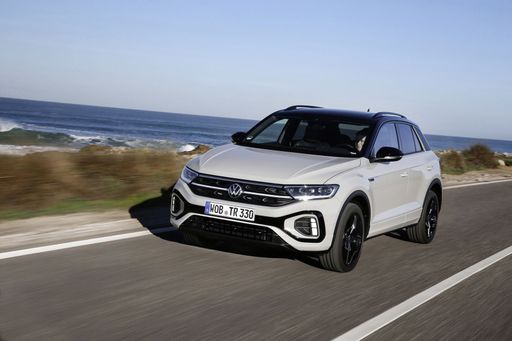 @ Volkswagen
@ Volkswagen
 @ Volkswagen
@ Volkswagen
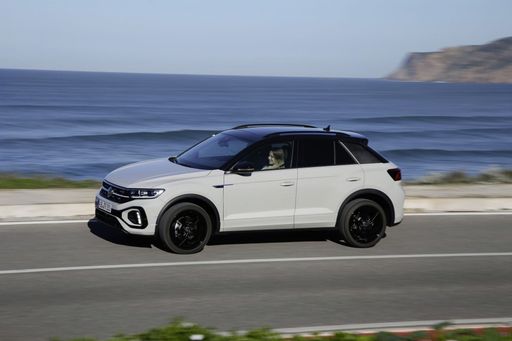 @ Volkswagen
@ Volkswagen
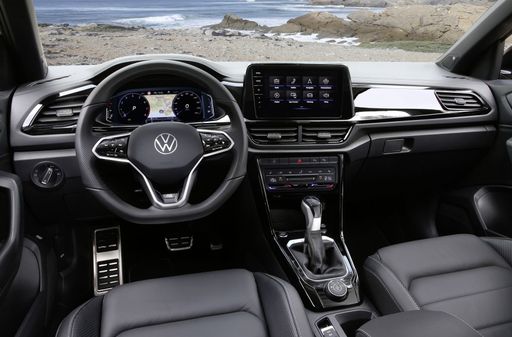 @ Volkswagen
@ Volkswagen
VW Golf
Der VW Golf überzeugt seit Jahrzehnten durch seine Vielseitigkeit und seine ausgewogene Mischung aus Komfort und Dynamik. Mit seinem zeitlosen Design und der hochwertigen Verarbeitung ist er ein treuer Begleiter im Alltag. Besonders beliebt ist der Golf wegen seiner innovativen Technologie und der großen Auswahl an Varianten, die für jeden Bedarf das passende Modell bietet.
details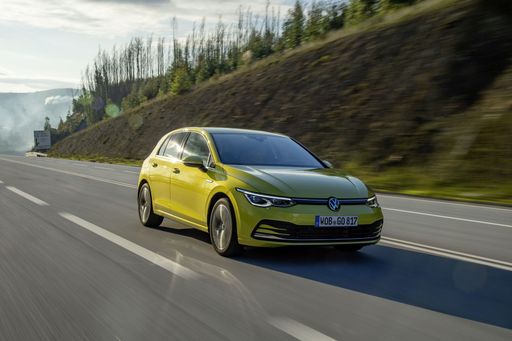 @ Volkswagen
@ Volkswagen
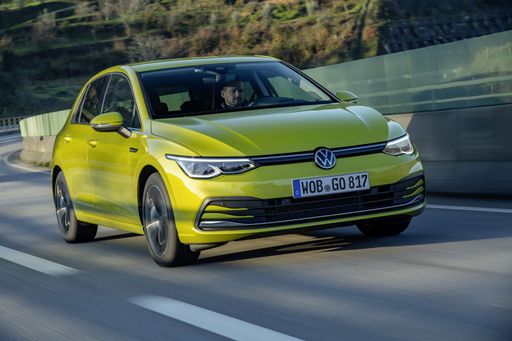 @ Volkswagen
@ Volkswagen
 @ Volkswagen
@ Volkswagen
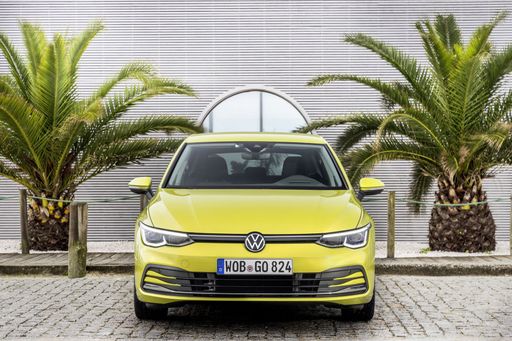 @ Volkswagen
@ Volkswagen
 @ Volkswagen
@ Volkswagen
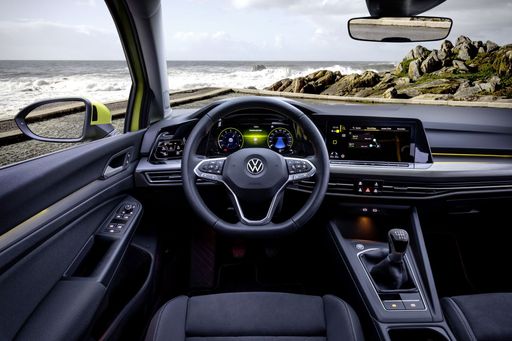 @ Volkswagen
@ Volkswagen
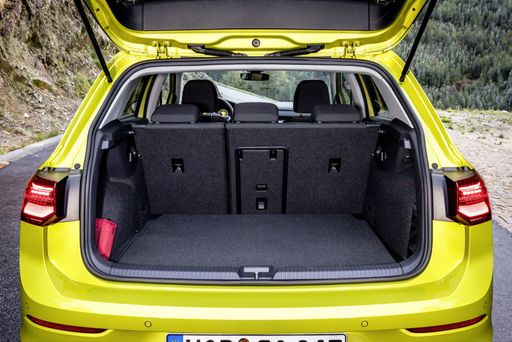 @ Volkswagen
@ Volkswagen
Introducing the Contenders: VW Golf vs. VW T-Roc
In the dynamic automotive market, the VW Golf and VW T-Roc are two standout models that showcase Volkswagen's commitment to innovation and driving pleasure. Both cars target different segments but share a lot of similarities under the hood. This comparison aims to delve into the technical aspects, performance, and innovations offered by these two popular VW models to help you decide which one best suits your lifestyle.
Engine Options and Performance
The VW Golf offers a variety of engine types, including petrol, diesel, and hybrid options, with power outputs ranging from 116 HP to a staggering 333 HP in its performance-oriented variants. Engine options include the efficient petrol MHEV and robust diesel versions, delivering a maximum torque of up to 420 Nm. Acceleration from 0-100 km/h ranges from a swift 4.6 seconds for the top-tier models to a more leisurely 10.2 seconds for the base trims, demonstrating the Golf's potential for thrill-seekers and everyday drivers alike.
On the other hand, the VW T-Roc, as a compact SUV, also provides compelling performance metrics. It is available with petrol and diesel engines producing between 115 HP and 300 HP. While not as rapid as its hatchback counterpart in the upper trims, the T-Roc's quickness is still impressive, offering a 0-100 km/h acceleration time as low as 4.9 seconds in its sportier configurations. The car features a max torque of 400 Nm, allowing for confident overtaking and a dynamic driving experience.
Transmission and Drive Types
Both the Golf and T-Roc come equipped with various transmission options, including manual and dual-clutch automatic gearboxes. The Golf's offerings include a front-wheel-drive or all-wheel-drive system tailored for enhanced stability and traction, while the T-Roc shares the same setup, boosting its versatility on different terrains.
Fuel economy is a critical consideration for many car buyers, and here, the Golf shines with an impressive consumption rate of approximately 4.3 L/100km to 8.5 L/100km depending on engine choice, making it exceptionally efficient. Meanwhile, the T-Roc’s efficiency ranges from 4.7 to 8.5 L/100km, ensuring that this SUV remains competitive in the market.
Interior Space and Comfort
When it comes to interior space, the Golf presents itself as a comfortable hatchback with up to 5 seats and a trunk capacity of 381 liters, making it practical for daily use. The cabin is well-appointed with high-quality materials and user-friendly technology.
The T-Roc, being an SUV, offers increased cargo capacity with 445 liters of trunk space and a slightly taller interior, allowing better headroom. Both vehicles provide seating for five, although the T-Roc's SUV stature often allows for a higher driving position and a more commanding view of the road.
Innovations and Technology
In terms of technological advancements, both the Golf and T-Roc come equipped with Volkswagen’s latest MIB3 infotainment system. This includes features such as smartphone integration, advanced navigation, and a customizable digital cockpit that enhances driver engagement and convenience.
Safety features are robust in both vehicles, with automatic emergency braking, lane-keeping assistance, and adaptive cruise control available across various trim levels. The T-Roc distinguishes itself with additional off-road driving modes, catering to adventurous consumers who may venture beyond the pavement.
Conclusion: Which One to Choose?
The decision between the VW Golf and VW T-Roc ultimately boils down to personal preference and lifestyle. If you seek a sporty and compact hatchback that's rich in technology and performance, the Golf is hard to beat. Conversely, if you prefer the elevated stance and extra practicality of an SUV, combined with a similarly generous mix of performance and tech, the T-Roc could be the ideal match.
Both models exemplify the qualities that Volkswagen is famous for—reliability, engineering excellence, and a focus on driver enjoyment. Test-driving both vehicles will undoubtedly guide you towards making the right choice for your future rides.

|

|
|
|
|
Costs and Consumption |
|
|---|---|
|
Price
25800 - 45500 £
|
Price
24300 - 51100 £
|
|
Consumption L/100km
4.8 - 8.4 L
|
Consumption L/100km
0.3 - 8.2 L
|
|
Consumption kWh/100km
-
|
Consumption kWh/100km
-
|
|
Electric Range
-
|
Electric Range
131 - 143 km
|
|
Battery Capacity
-
|
Battery Capacity
19.70 kWh
|
|
co2
125 - 191 g/km
|
co2
6 - 186 g/km
|
|
Fuel tank capacity
50 - 55 L
|
Fuel tank capacity
40 - 55 L
|
Dimensions and Body |
|
|---|---|
|
Body Type
SUV
|
Body Type
Hatchback
|
|
Seats
4 - 5
|
Seats
5
|
|
Doors
2 - 5
|
Doors
5
|
|
Curb weight
1304 - 1567 kg
|
Curb weight
1307 - 1668 kg
|
|
Trunk capacity
284 - 445 L
|
Trunk capacity
273 - 381 L
|
|
Length
4236 - 4271 mm
|
Length
4282 - 4296 mm
|
|
Width
1811 - 1819 mm
|
Width
1789 mm
|
|
Height
1527 - 1584 mm
|
Height
1454 - 1483 mm
|
|
Payload
368 - 516 kg
|
Payload
431 - 508 kg
|
Engine and Performance |
|
|---|---|
|
Engine Type
Diesel, Petrol
|
Engine Type
Petrol MHEV, Petrol, Diesel, Plugin Hybrid
|
|
Transmission
Manuel, Automatic
|
Transmission
Automatic, Manuel
|
|
Transmission Detail
Manual Gearbox, Dual-Clutch Automatic
|
Transmission Detail
Dual-Clutch Automatic, Manual Gearbox
|
|
Drive Type
Front-Wheel Drive, All-Wheel Drive
|
Drive Type
Front-Wheel Drive, All-Wheel Drive
|
|
Power HP
115 - 300 HP
|
Power HP
116 - 333 HP
|
|
Acceleration 0-100km/h
4.9 - 12.3 s
|
Acceleration 0-100km/h
4.6 - 10.2 s
|
|
Max Speed
187 - 250 km/h
|
Max Speed
202 - 270 km/h
|
|
Torque
200 - 400 Nm
|
Torque
220 - 420 Nm
|
|
Number of Cylinders
3 - 4
|
Number of Cylinders
4
|
|
Power kW
85 - 221 kW
|
Power kW
85 - 245 kW
|
|
Engine capacity
999 - 1984 cm3
|
Engine capacity
1498 - 1984 cm3
|
General |
|
|---|---|
|
Model Year
2024 - 2025
|
Model Year
2024 - 2025
|
|
CO2 Efficiency Class
D, F, G, E
|
CO2 Efficiency Class
D, C, B, F, G
|
|
Brand
VW
|
Brand
VW
|
VW T-Roc
The VW T-Roc: A Blend of Style and Innovation
The Volkswagen T-Roc stands out in the competitive compact SUV segment, offering a dynamic combination of innovative technology and stylish design. The model has evolved since its inception, embracing new features and engineering advancements that appeal to a broad spectrum of drivers.
Engine Performance and Efficiency
The VW T-Roc provides an impressive range of engine options to meet various driving preferences. From the economical 1.0 TSI petrol engines to the robust 2.0 TDI diesels, there’s an engine to match every need. The power output spans from 115 PS to a thrilling 300 PS in the T-Roc R variant. Fuel efficiency is another highlight, with consumption figures ranging between 4.7 and 8.5 L/100 km, making it a practical choice for both city and long-distance driving.
Advanced Technology and Safety Features
Volkswagen has equipped the T-Roc with state-of-the-art technology to enhance both convenience and safety. The latest models include advanced driver assistance systems, such as adaptive cruise control and lane-keeping assist, which provide a safer driving experience. Additionally, the intuitive infotainment system supports a seamless connection to smartphones via Apple CarPlay and Android Auto.
Design and Customisation
The T-Roc’s design is bold and contemporary, reflecting its sporty nature. With a wide array of customisation options, including various trim levels like Life, Style, and the sporty R-Line, there are plenty of opportunities for personal expression. Both the interior and exterior can be tailored, with choices ranging from colour accents to different upholstery options, ensuring each T-Roc feels unique to its owner.
Spacious Interior and Practicality
Despite its compact exterior dimensions, the T-Roc offers a surprisingly spacious interior. It accommodates between four and five passengers comfortably, with ample legroom and headroom. The flexibility extends to the boot space, which ranges from 284 to 445 litres, depending on the configuration, providing practical storage capacity for everyday use or weekend getaways.
Conclusion: A Competitive SUV Choice
Overall, the VW T-Roc continues to be a strong contender in the compact SUV market, combining innovative features, efficient engines, and a distinctive design. It appeals to those looking for versatility and performance in a stylish package, making it an attractive option for both families and individual adventurers alike.
VW Golf
VW Golf: Ein Evergreen mit innovativer Technik
Seit Jahrzehnten gilt der Volkswagen Golf als der Inbegriff des zuverlässigen Kompaktwagens. Doch der neueste VW Golf zeigt sich nicht nur als bewährter Alltagsheld, sondern auch als Fortführer technologischer Innovationen. Ob Benzin, Diesel oder Hybrid – der Golf bietet für jede Präferenz die passende Antriebsform und bleibt dabei stets am Puls der Zeit.
Antriebsvarianten: Vielfalt für jeden Fahrertyp
Der VW Golf ist in einer beeindruckenden Bandbreite von Antriebsvarianten erhältlich, die von klassischen Benzinmotoren über effiziente Diesel-Aggregate bis hin zu modernen Hybrid-Antrieben reichen. Insbesondere die Mild-Hybrid und Plug-In-Hybrid Modelle stellen einen herausragenden Fortschritt in Sachen Kraftstoffeffizienz und CO2-Reduktion dar. Mit einem Verbrauch von nur 0,3 L/100 km bei den Plug-In-Hybrid Varianten und einer elektrischen Reichweite von bis zu 137 km setzt der Golf Maßstäbe in seiner Klasse.
Leistung und Effizienz
Das Leistungsspektrum des Golf erstreckt sich von effizienten 116 PS bis hin zu kraftvollen 333 PS im Golf R, der mit Allradantrieb und sportlicher Dynamik beeindruckt. Vielfältige Auswahlmöglichkeiten bei Getriebearten, von manuell bis zum modernen Doppelkupplungsgetriebe (DSG), bieten zusätzliche Flexibilität für unterschiedliche Fahrstile und Nutzungsszenarien.
Technologie und Innovation
Die neuesten Golf-Modelle sind mit fortschrittlicher Technologie ausgestattet, die Komfort und Sicherheit auf ein neues Niveau hebt. Das Interieur glänzt mit einem modernen Infotainmentsystem, umfassender Konnektivität und innovativen Fahrerassistenzsystemen. Das Head-up-Display, adaptive Fahrwerksregelung und die intelligente Verkehrszeichenerkennung sind nur einige der Features, die den Golf zu einem der technologisch führenden Fahrzeuge in seinem Segment machen.
Design und Funktionalität
Der VW Golf kombiniert bewährtes Design mit funktionalen Verbesserungen. Das sportliche, aber dennoch elegante Schrägheck bietet großzügigen Platz, wobei der Kofferraum zwischen 273 und 381 Litern zu bieten hat. Die ästhetische Linienführung bei zugleich optimaler Raumausnutzung verleihen dem VW Golf seine typisch zeitlose Eleganz.
Umweltbewusstsein und Nachhaltigkeit
In einer Zeit, in der der bewusste Umgang mit Ressourcen immer wichtiger wird, überzeugt der Golf mit einer hohen Effizienz und geringen Emissionen. Die verfügbaren CO2-Effizienzklassen von B bis G zeigen, dass der Golf auch in puncto Umweltverträglichkeit eine gute Wahl darstellt. Dank der Auswahl an ressourcenschonenden Antrieben trägt der Golf zur Reduzierung des ökologischen Fußabdrucks bei.
Fazit: Der VW Golf bleibt ein Bestseller
Mit stetiger Weiterentwicklung in Technik und Design bleibt der VW Golf ein Dauerbrenner auf dem Automobilmarkt. Seine Vielseitigkeit in Antriebsarten, gepaart mit modernem Komfort und zukunftsweisender Technologie, macht ihn zu einem Fahrzeug, das nicht nur treue Fans begeistert, sondern auch neue Kunden anspricht. Der Golf bleibt ein Symbol für Zuverlässigkeit und Innovation in einem sich stetig wandelnden Markt.
The prices and data displayed are estimates based on German list prices and may vary by country. This information is not legally binding.
